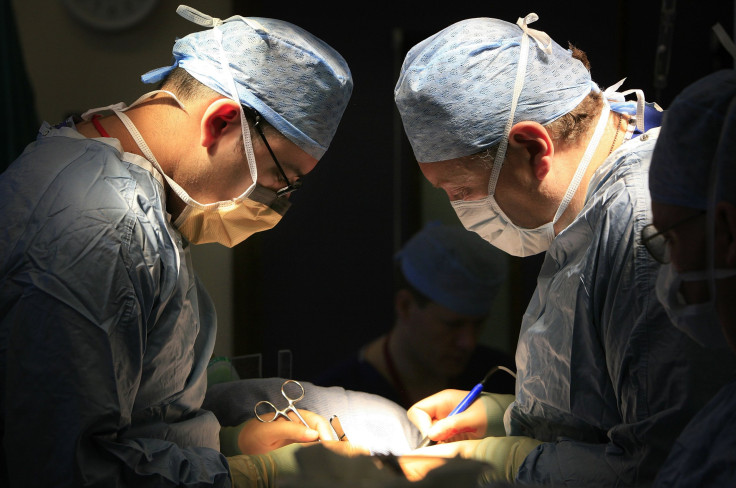Full-Body Transplants Could Be Possible Within Two Years, Says Scientist

A surgeon says that full body transplants -- where a patient's head is grafted onto a donor body -- could be a reality within two years, as he prepares to launch a drive to begin serious research into the operation at a U.S. medical conference.
Sergio Canavero, of the Turin Advanced Neuromodulation Group in Italy, believes that the operation could extend the lives of people whose muscles have degenerated or have widespread cancer. He also says that he already has volunteers willing to receive a new body, should the operation prove possible, according to the Times.
The surgery would involve cooling the recipient's head and the donor body, to prolong the time that their their cells can survive without oxygen. The tissue around the neck and the spinal cords of the donor body and patient's head would then be cut through, and the blood vessels from each linked with tubes, according to a summary of the proposal published in the New Scientist.
Following this procedure, the spinal cords of patient and donor would be fused using a chemical called polyethylene glycol, and the patient would then be kept in a coma for several weeks to prevent movement.
“If society doesn’t want it, I won’t do it. But if people don’t want it, in the US or Europe, that doesn’t mean it won’t be done somewhere else,” Canavero told the magazine, adding “The real stumbling block is the ethics. … Should this surgery be done at all? There are obviously going to be many people who disagree with it.”
As unlikely as the procedure may sound, scientists have conducted similar transplants on animals in the past, though with limited success. In 1970, Robert White led a team at Case Western Reserve University in Ohio that transplanted the head of one monkey onto the body of another. According to the Guardian, the team did not attach the animals' spinal cords, so the monkey could not move its body. The animal lived for nine days after the procedure, until body's immune system rejected the head.
Some in the scientific community, however, are skeptical that such an operation would ever prove possible.
“There is no evidence that the connectivity of cord and brain would lead to useful sentient or motor function following head transplantation,” Richard Borgens, director of the Center for Paralysis Research at Purdue University in Indiana, told the New Scientist.
© Copyright IBTimes 2024. All rights reserved.






















